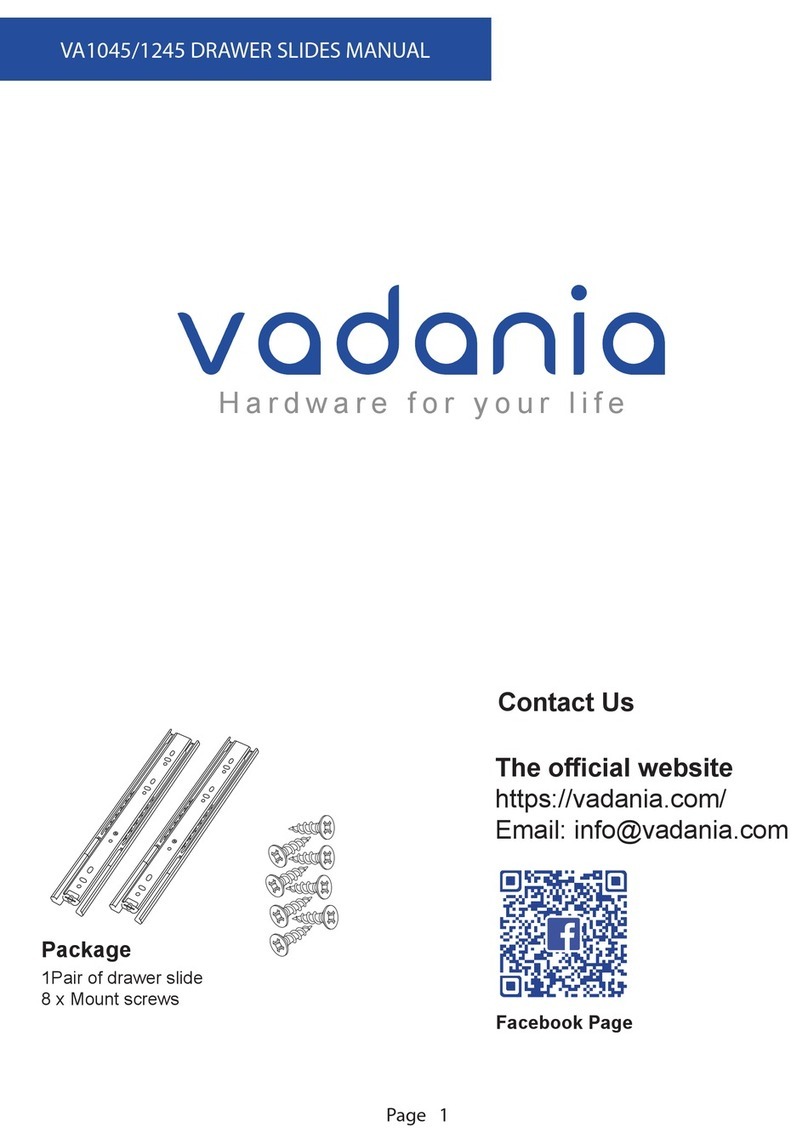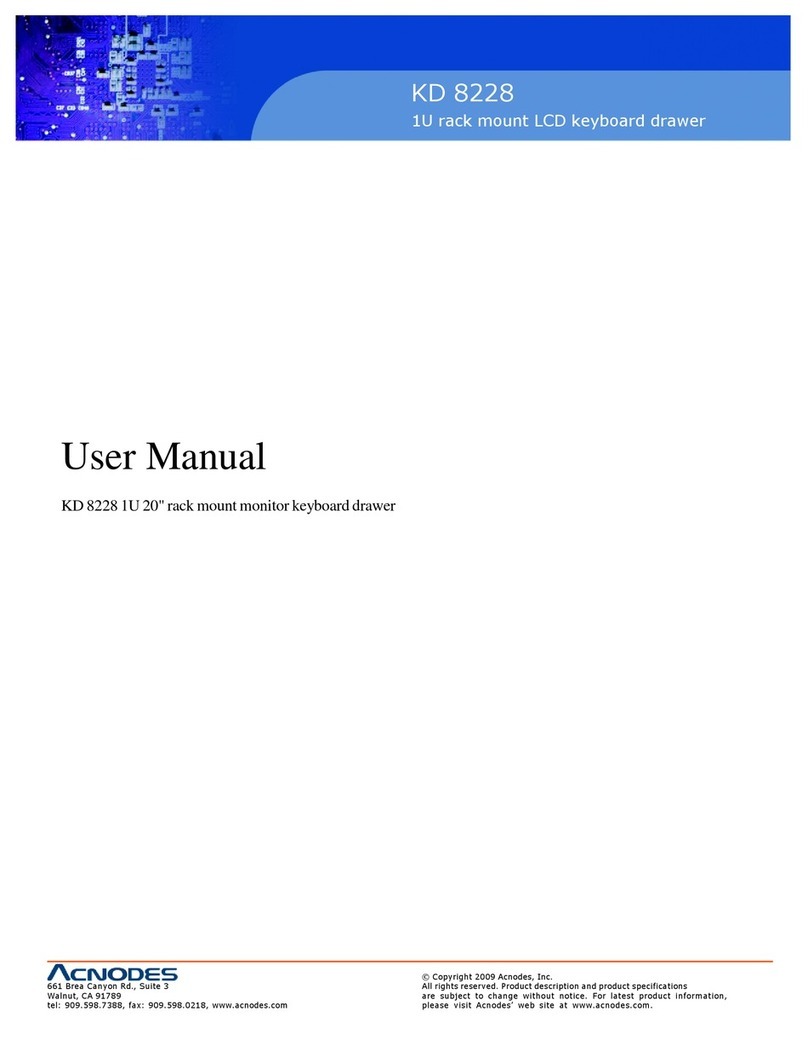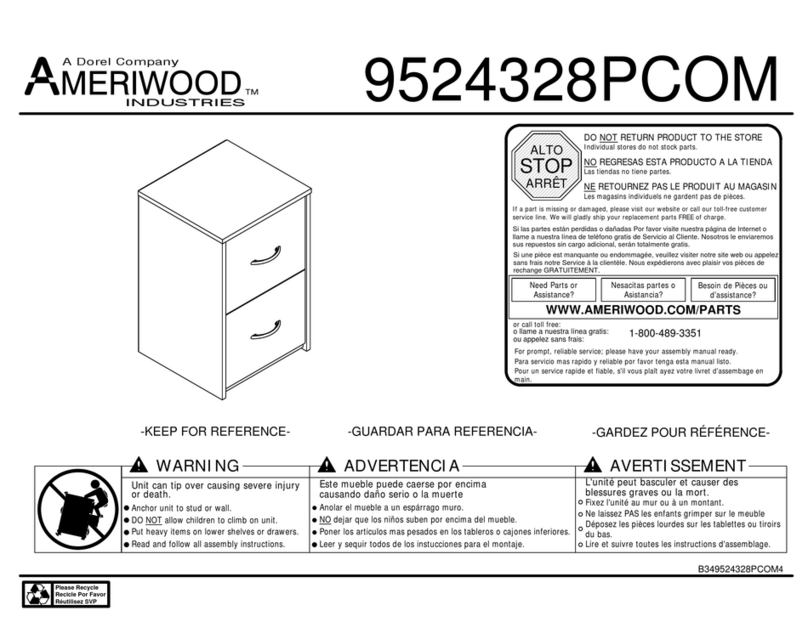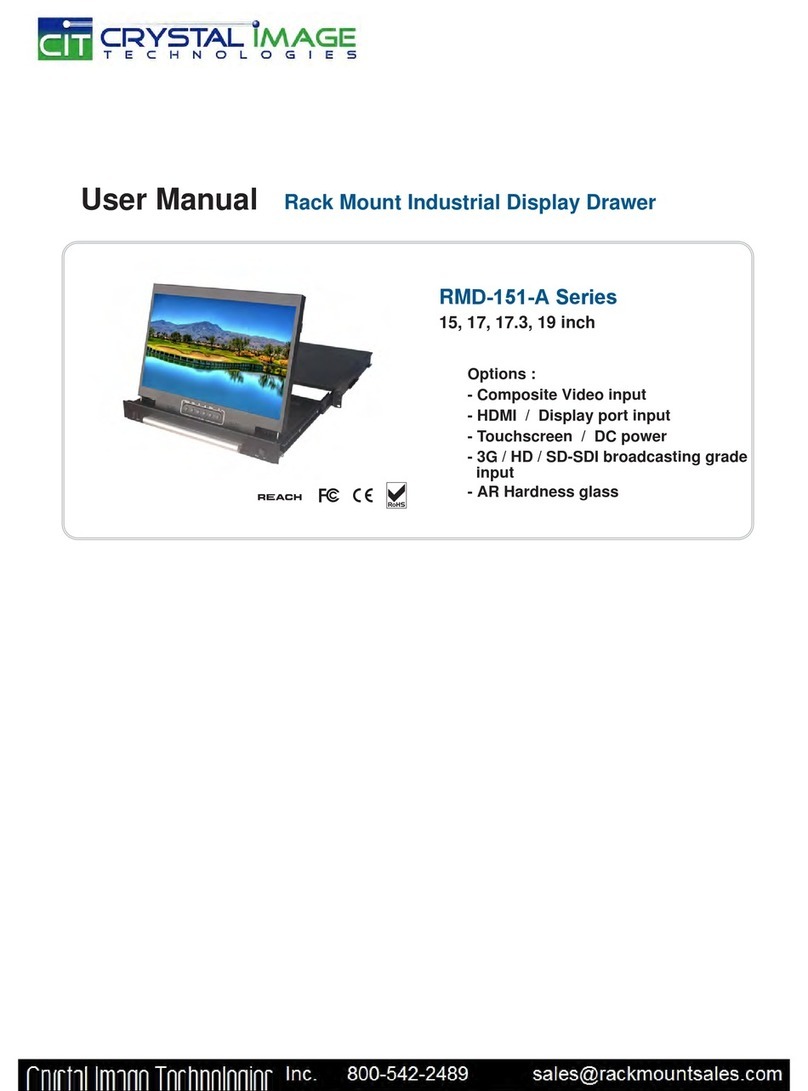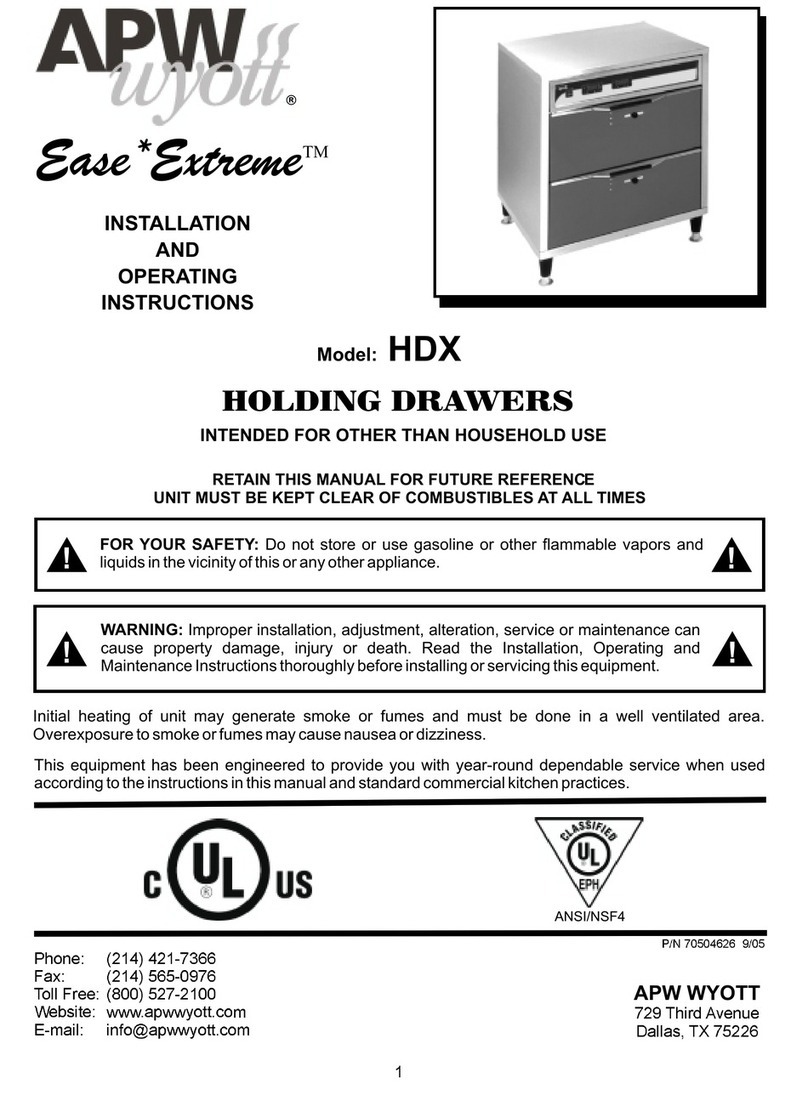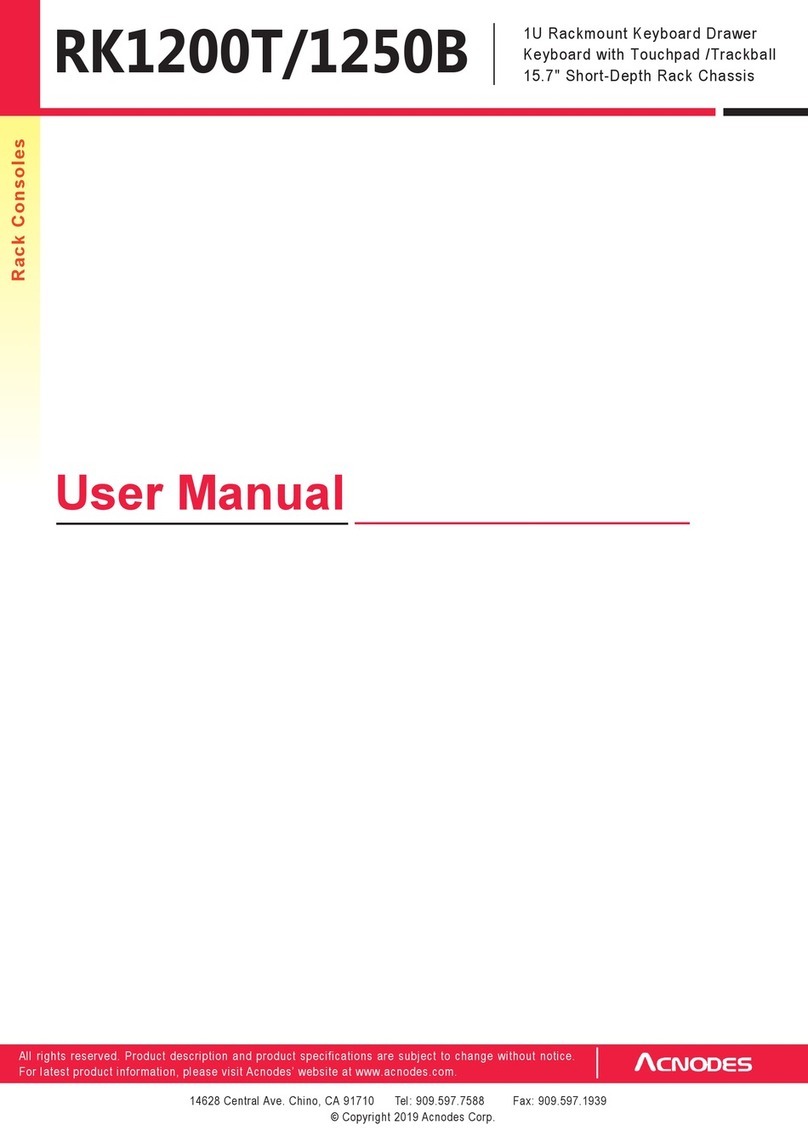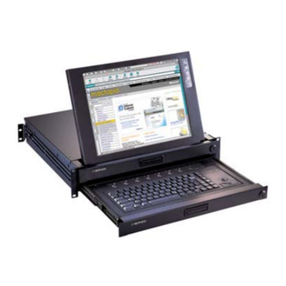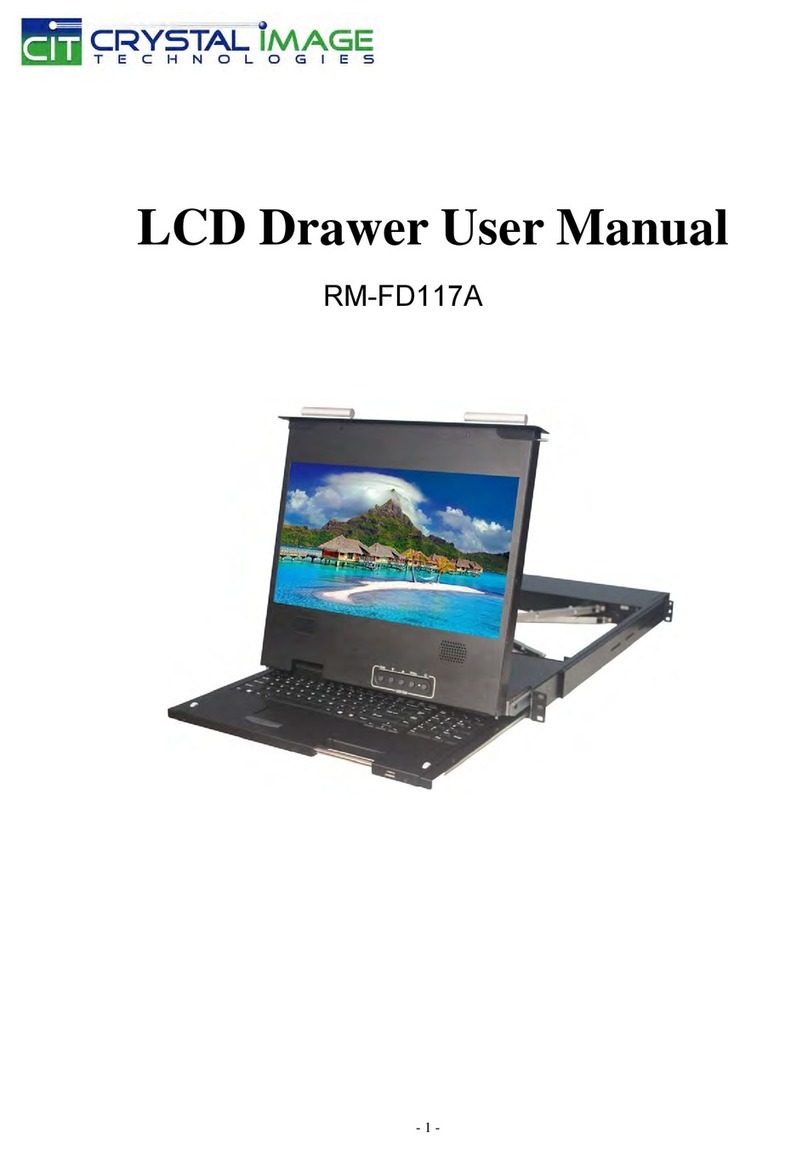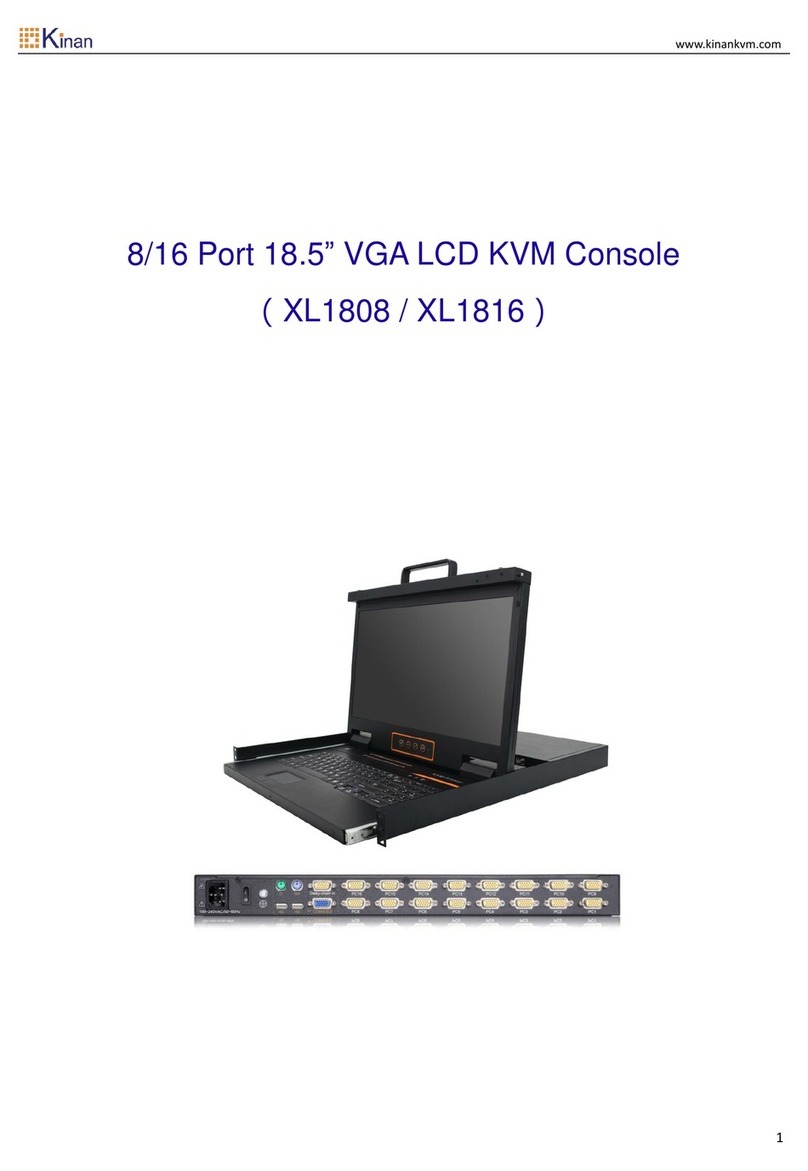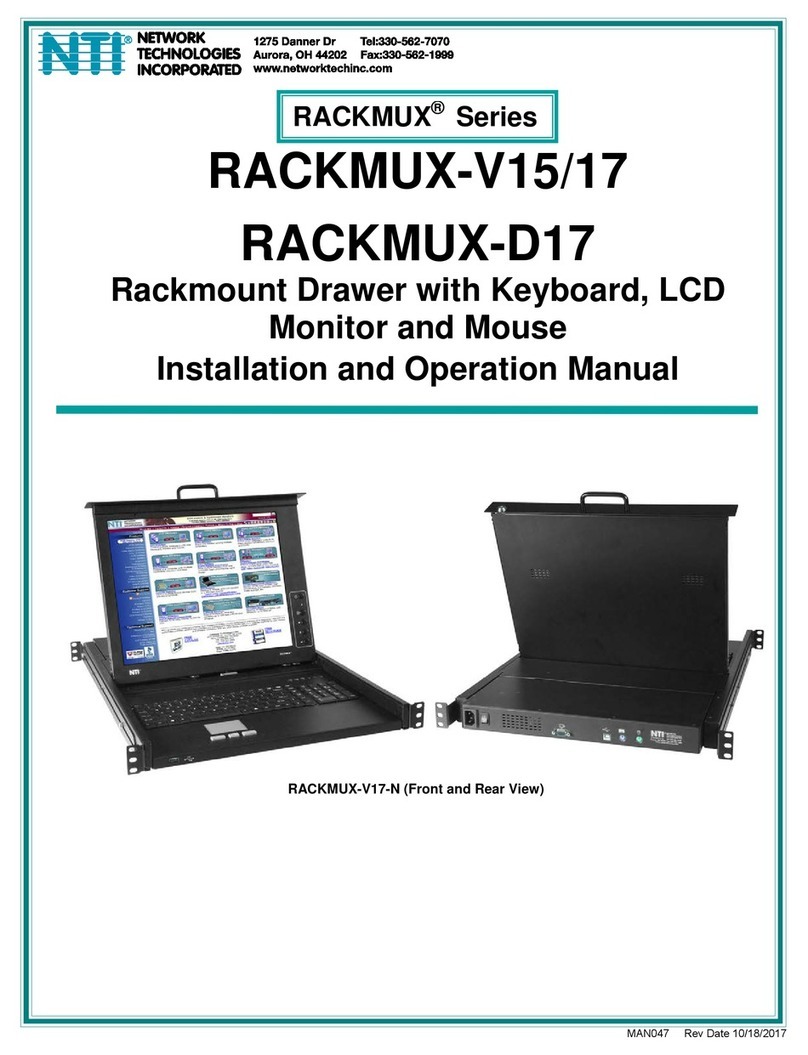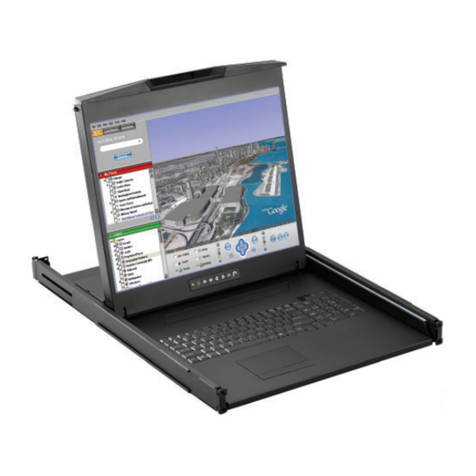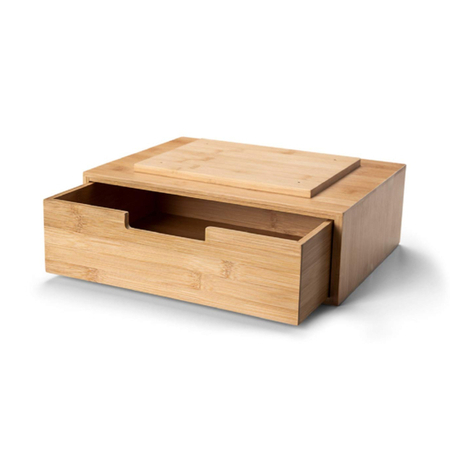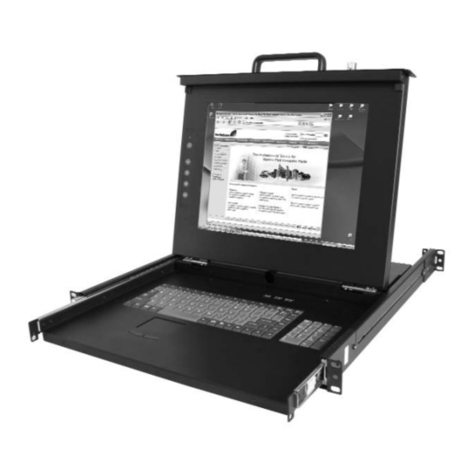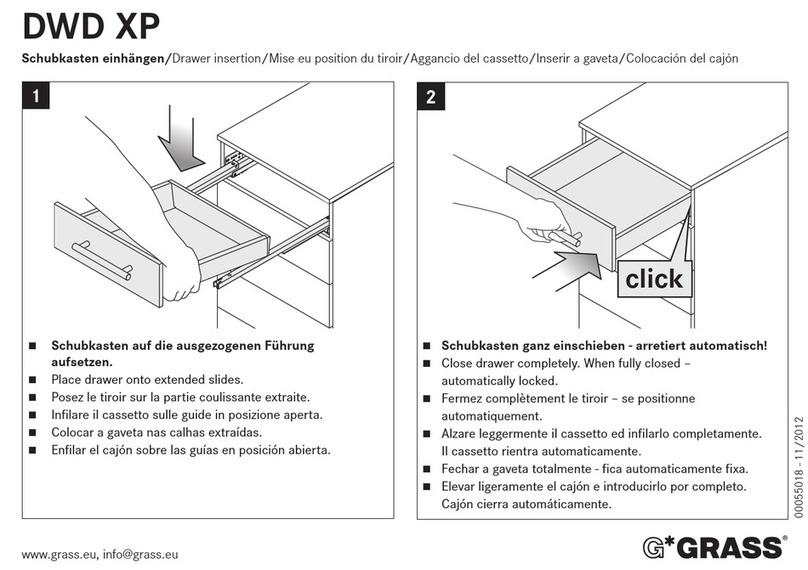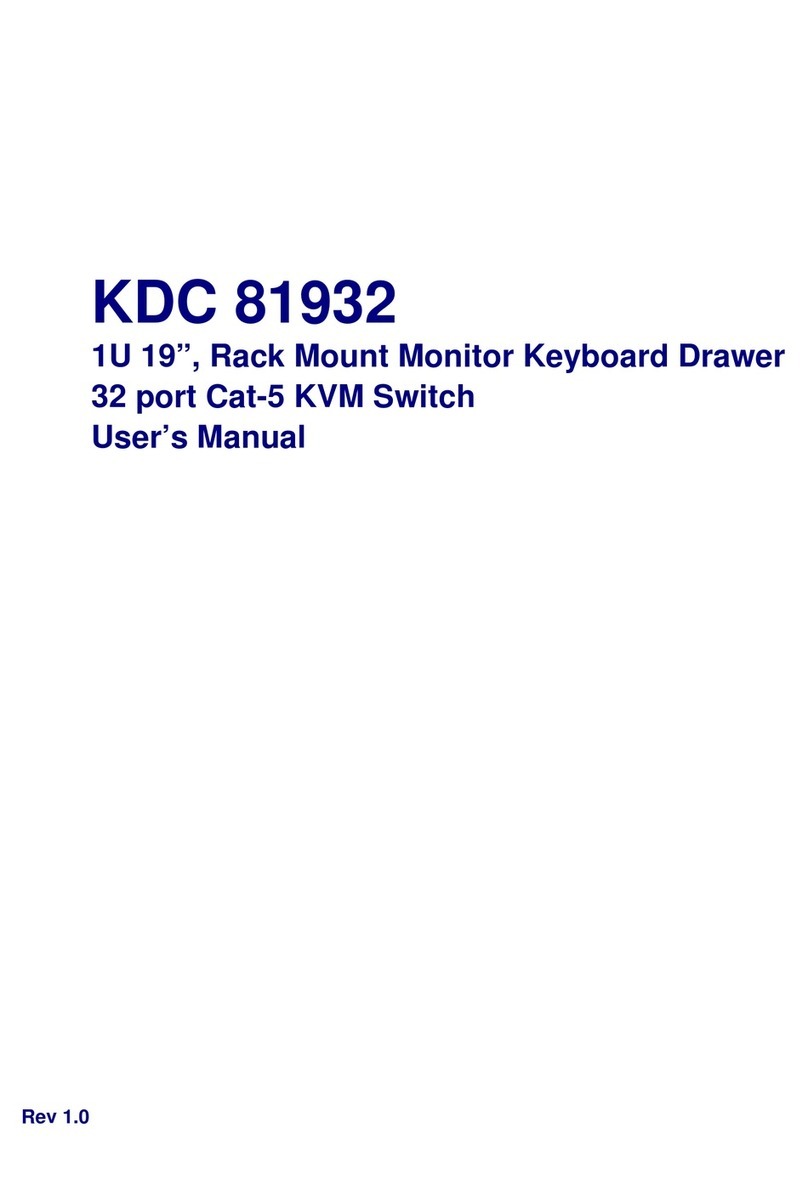
~
Technical safety
Installation, maintenance and repair work may only be
by a suitably qualified and competent
national and local
by unqualified persons could be dangerous.
A damaged appliance can be dangerous. Before
check the appliance for visible signs of
The electrical safety of this appliance can only be
when correctly earthed. It is most important
To avoid the risk of damage to the appliance, make
Consult a qualified electrician if in any doubt.
Do not connect the appliance to the mains electricity
For safety reasons, this appliance may only be used
This appliance must not be used in a non-stationary
~
~
~
~
~
~
~
carried out
Packaging, e.g. cling film, polystyrene and plastic
wrappings, must be kept out of the reach of babies
and children. Danger of suffocation. Dispose of or
recycle all packaging safely as soon as possible.
with
person in strict accordance
safety regulations. Installation, maintenance and repairs
installation,
damaged appliance.
damage. Do not use a
guaranteed
requirement is observed and
that this basic safety
any doubt, the
regularly tested, and where there is
household wiring system should be inspected by a
qualified electrician.
connection data (frequency and voltage)
sure that the
corresponds to the household supply,
on the data plate
appliance to the mains supply.
before connecting the
multi-socket adapter or an extension lead.
supply by a
the required safety of the
These do not guarantee
appliance (e.g. danger of overheating).
been built in.
when it has
on a ship).
location (e.g.
Do not open the casing of the appliance.
Tampering with electrical connections or components
parts is highly dangerous to the user
faults.
and mechanical
operational
and can cause
~While the appliance is under warranty, repairs should
only be performed by a manufacturer-approved service
technician. Otherwise the warranty may become void.
The manufacturer can only guarantee the safety and
performance of the appliance when genuine replacement
parts and accessories are used. Faulty components and
accessories must only be replaced with genuine spare
parts.
~
If the plug is removed from the connection cable or if the
appliance is supplied without a plug, the appliance must
to the electrical supply by a suitably qualified
connected
electrician.
Theappliancemustbedisconnectedfromthemains
electricity
supplyduringinstallation,maintenanceand
~
~
Correct use
You could burn yourself on the hot drawer or crockery.
Do not store any plastic containers or flammable
Due to the high temperatures radiated, objects left near
Never replace the anti-slip mat supplied with the
If you overload the drawer, or sit or lean on it, the
your hands with heat-resistant pot holders or
Protect
appliance. Do not let them get
gloves when using the
transfer through
wet or damp, as this causes heat to
the material more quickly with the risk of scalding or
burning yourself.
warming drawer. They could melt or
objects in the
switched on, causing
catch fire when the appliance is
a fire hazard.
appliance when it is in use could catch fire. Do not
the
appliance to heat up the room.
use the
paper kitchen towel or similar.
appliance with
runners will be damaged. The telescopic
telescopic
maximum load of 25 kg.
runners can support a
~
~
~
~
~
If the appliance is installed behind a kitchen furniture
Only close the door if the appliance is switched off.
only be used with the furniture door open.
door, it may
~
AND NOT TO WARM FOOD UP. ENSURE FOOD IS REALLY
HOT WHEN PLACED INSIDE THE WARMING DRAWER.
~THE DRAWER IS DESIGNED TO KEEP HOT FOOD WARM
repair work. Ensure that power is not supplied to the
appliance until after it has been installed or until any
maintenance or repair work has been carried out. In areas
which may be subject to infestation by cockroaches or other
vermin, pay particular attention to keeping the appliance and
its surroundings in a clean condition at all times. Any
damage which may be caused by cockroaches or other
vermin will not be covered by the warranty.
If the supply cord is damaged, it must be replaced by the
manufacturer, its service agent or similarly qualified persons in
order to avoid a hazard.
The power cord can only bed through the hole in the bottom
of the cabinet to avoid touching the back shell of the drawer.
~
~
►
►
Do not heat up unopened tins or jars of food in the
pressure will build up in the tin or jar
could result in injury and
drawer, as
causing it to explode. This
scalding or damage.
~
